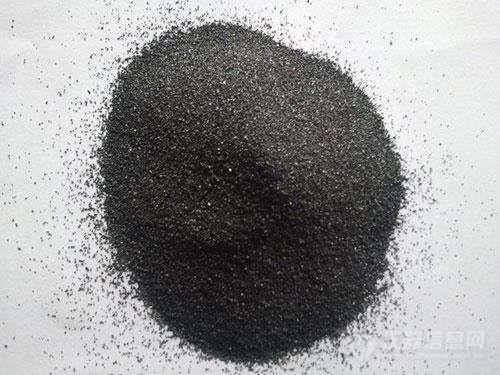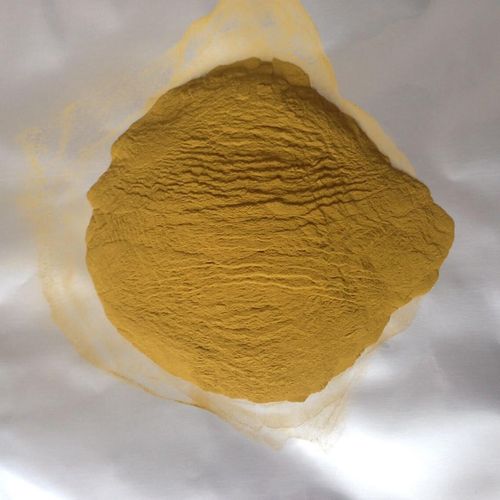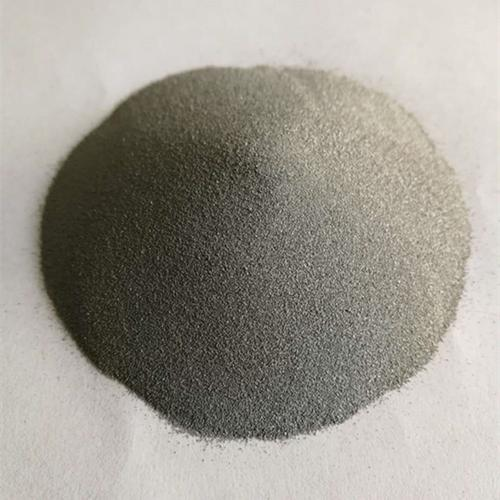**Title:** Uncover Hidden Threats: Testing Powders for Heavy Metal Contamination
(How To Test For Heavy Metals In Powder)
You hold that powder in your hand. It might be a protein shake booster, a vibrant cosmetic pigment, a medicinal herb, or an industrial catalyst. It looks fine, feels fine. But lurking unseen within those tiny particles could be dangerous heavy metals. Think lead, arsenic, cadmium, mercury. These silent contaminants pose serious health risks. Knowing how to test for them isn’t just smart. It’s essential for safety and quality. Let’s dive into the world of powder testing.
**1. What Heavy Metal Testing in Powders Actually Means**
Heavy metal testing in powders is exactly what it sounds like. It’s the scientific process of finding out if harmful metals are present in your powdered substance. And importantly, how much is there. We’re not talking about iron or zinc your body needs. We mean the toxic ones. Lead, arsenic, cadmium, mercury, chromium, and nickel are common targets. These metals don’t belong in food, supplements, cosmetics, or many industrial powders. The goal is to detect them accurately. Even tiny amounts matter. The test identifies specific metals. It measures their concentration. This gives a clear picture of contamination levels. The results tell you if the powder is safe. Or if it needs action.
**2. Why Testing Powders for Heavy Metals is Non-Negotiable**
Ignoring heavy metal testing in powders is a gamble. The stakes are high. Heavy metals are toxic. They build up in the body over time. This leads to serious health problems. Think nerve damage, organ failure, cancer, developmental issues in children. For consumers, contaminated powders mean direct exposure. A tainted protein powder or infant formula is dangerous. For businesses, the risks are huge. Selling contaminated products can lead to lawsuits, recalls, and destroyed reputations. Regulatory bodies like the FDA and EPA set strict limits. Failing to meet these limits means your product cannot be sold. Testing protects people. It protects your brand. It ensures legal compliance. It provides peace of mind. Knowing your powder is clean is priceless.
**3. How to Test Powders for Heavy Metals: The Core Methods**
Testing powders requires specialized lab techniques. You can’t see or smell these contaminants. Here’s how labs do it:
* **Sample Prep:** First, the powder must be prepared. Often, it’s digested using strong acids and heat. This breaks down the powder completely. It releases any metals trapped inside into a liquid solution. Getting this step right is crucial. It ensures all metals are available for detection.
* **The Analysis:** Next, scientists analyze the prepared solution. Two main instruments are used:
* **ICP-MS (Inductively Coupled Plasma Mass Spectrometry):** This is the gold standard. It’s incredibly sensitive. It can detect metals at parts per billion levels. It identifies and quantifies many metals at once. It’s ideal for strict safety checks.
* **ICP-OES (Inductively Coupled Plasma Optical Emission Spectroscopy):** This method is also widely used. It’s very reliable. It measures metals at slightly higher levels than ICP-MS. It’s often more cost-effective for routine testing. Both methods involve vaporizing the sample in super-hot plasma. Then they measure the unique light signature (OES) or mass/charge ratio (MS) of the metals.
* **Results:** The lab provides a report. It lists each metal tested. It shows the exact amount found. It compares this to relevant safety limits.
**4. Applications: Where Powder Heavy Metal Testing Matters Most**
Testing powders for heavy metals is vital across many industries. Safety and quality depend on it. Key areas include:
* **Food & Supplements:** Protein powders, greens powders, infant formula, spices, baking ingredients, nutritional supplements. Consumers ingest these directly. Contamination is unacceptable. Strict limits apply.
* **Cosmetics & Personal Care:** Face powders, eyeshadows, blushes, talc, mineral sunscreens. These sit on the skin. Contamination can cause irritation or be absorbed. Limits are enforced, especially for lead.
* **Pharmaceuticals & Herbal Medicine:** Active pharmaceutical ingredients (APIs), medicinal herb powders, excipients. Purity is critical for patient safety and drug efficacy. Regulations are extremely stringent.
* **Industrial & Chemical Powders:** Catalysts, pigments, ceramic glazes, metal powders, fertilizers. Contamination can ruin product performance, damage equipment, or create hazards for workers and the environment.
* **Environmental Monitoring:** Testing soil, sediment, or dust samples collected as powders. This helps assess pollution levels and site safety.
**5. Heavy Metal Powder Testing FAQs Answered**
Let’s tackle common questions:
* **Can I test powders at home?** Reliable, accurate heavy metal testing needs advanced lab equipment. Home kits exist. They are often unreliable. They lack the sensitivity and accuracy needed for safety decisions. Trust certified labs.
* **How much powder is needed for a test?** This varies. It depends on the lab and test method. Usually, a few grams are enough. The lab will tell you the exact amount they need. Always send a representative sample of your batch.
* **How long does testing take?** Turnaround time depends on the lab and test complexity. Simple tests might take 3-5 business days. More complex panels can take 7-10 days or longer. Ask the lab for an estimate.
* **What do the results mean?** The report shows metals detected and their concentrations. Compare these numbers to the safety limits for your product type. Limits are set by organizations like FDA, EPA, USP, or international bodies. If levels are below the limit, the powder is generally considered safe. If levels exceed limits, action is needed.
(How To Test For Heavy Metals In Powder)
* **What if my powder fails?** Don’t panic. First, confirm the results. Discuss them with the testing lab. Identify the source of contamination if possible. Options include rejecting the batch, finding a cleaner supplier, improving your manufacturing process, or investigating raw materials. Retesting is essential after taking corrective actions.
Inquiry us
if you want to want to know more, please feel free to contact us. (nanotrun@yahoo.com)


